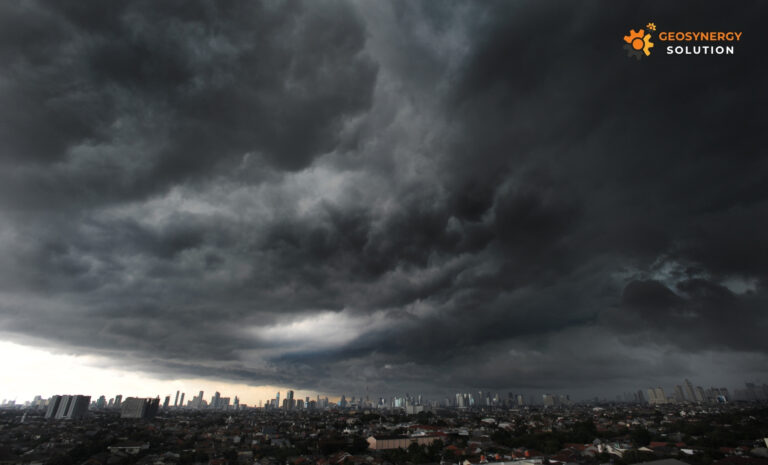
When the Sky Is No Longer Clean: A Hydrological Perspective on Microplastic Pollution
The sky, once considered the purest part of our planet, is now filled with invisible pollutants — microplastics. Recent studies have revealed that microplastic particles are not only present in the oceans and rivers but also falling from the sky as plastic rain. From a hydrological perspective, this phenomenon marks a new chapter in global environmental challenges.
What Are Microplastics in the Atmosphere?
Microplastics are plastic particles smaller than 5 millimeters. They come from the breakdown of plastic waste, tire abrasion, and even synthetic clothing fibers. Once airborne, these tiny fragments travel long distances through wind and precipitation, contaminating rainwater, clouds, and even remote mountain peaks.
How Hydrology Connects to Microplastic Pollution
Hydrology, the study of water movement on Earth, plays a key role in understanding how microplastics circulate. When plastic particles are lifted into the atmosphere, they can mix with water vapor and clouds. Eventually, they fall back to the surface through rainfall — a process that scientists now call “plastic precipitation.”
This cycle demonstrates that microplastic pollution is not just a marine or soil issue — it is part of the global water cycle.
Artikel terkait: The Impact of the Cirebon Meteor on Building Structures
Impact on Water Resources
The hydrological impact of microplastic rain is alarming. Contaminated rainwater affects:
Rivers and groundwater — introducing plastics into freshwater ecosystems.
Agricultural soil — reducing soil fertility and affecting food production.
Human health — as microplastics may enter drinking water and the food chain.
The connection between atmospheric pollution and hydrology proves that microplastics move seamlessly between air, water, and land.
Jakarta’s Case: A Wake-Up Call
Recent reports in Jakarta show traces of microplastics found in rainfall samples and river systems. As a densely populated urban area, Jakarta’s high air pollution levels, combined with poor waste management, accelerate the transport of microplastics through hydrological pathways.
This finding highlights the urgent need for integrated waste and water management strategies.
Solutions from a Hydrological Perspective
Hydrologists recommend several actions to mitigate microplastic pollution:
Improving stormwater filtration systems to capture microplastics before they enter rivers.
Enhancing wastewater treatment with microfiltration technologies.
Reducing plastic production and use, especially single-use plastics.
Raising public awareness about proper waste disposal.
Through interdisciplinary collaboration — between hydrologists, environmental scientists, and policymakers — we can restore cleaner water and air for the future.
Microplastic pollution has crossed the boundaries between land, sea, and sky. From the hydrological point of view, it is part of a continuous cycle that starts and ends with water.
Protecting the purity of rain and rivers means protecting the entire Earth system — including the air we breathe.

